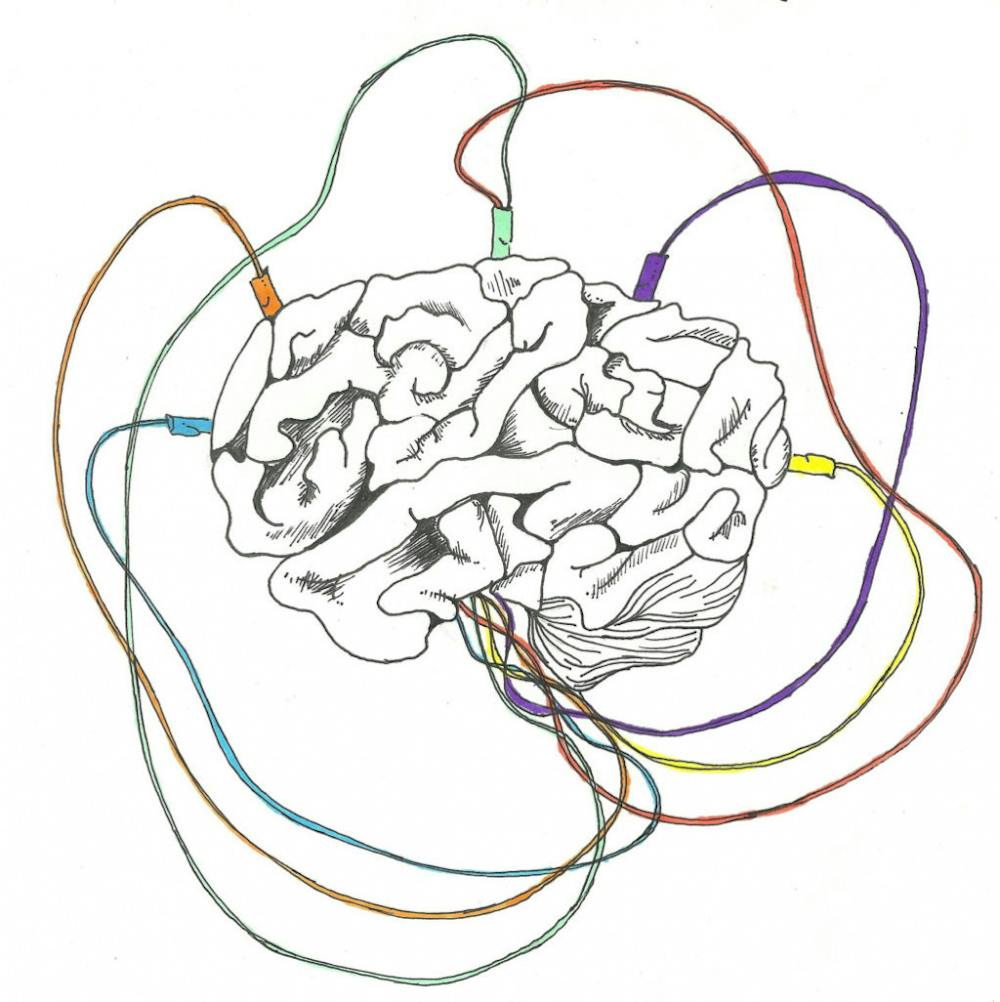Risk factors for stroke have a disproportionate effect on women compared to men, which may be due to a lack of effective treatment and preventive care, according to a University study published in the journal “Stroke” last month. The study aims to convince physicians to take sex into consideration when treating stroke patients, said Tracy Madsen, the study’s first author and assistant professor of emergency medicine.
A stroke is an event that involves damage to the brain or brain tissue caused by a disrupted flow of nutrients and oxygen to the brain, Madsen explained. The ischemic stroke is the most common type of stroke, caused by a clot in a blood vessel traveling to the brain, she added. The likelihood of experiencing a stroke may increase with hypertension, diabetes or atrial fibrillation, which consists of irregular heart rhythms, as well as other common afflictions, such as migraines, she said. Madsen’s recent study examined existing data, looking for all of these risk factors to highlight differences by sex.
This study was inspired by research Madsen published in the journal "Neurology" in August, which looked at rates of stroke occurrence over nearly two decades. It showed that while stroke incidence rates decreased in men over time, the same was not true for women, especially in the category of ischemic strokes. “That’s a concerning finding,” she said. “One of the obvious hypotheses … is maybe we are not preventing stroke in women as well.”
This discrepancy, she hypothesized, could be due to each sex needing different preventative strategies for certain risk factors. By using the same treatment and guidelines for men and women, “maybe we are missing out on better ways to prevent stroke in women," Madsen added.
Seana Gall, a senior research fellow in cardiovascular epidemiology at the Menzies Research Institute in Tasmania, Australia, has conducted similar research on sex specificity in strokes. Madsen’s study was significant because it addressed “gaps identified by the American Heart Association and American Stroke Association in terms of what we know about preventing stroke in women,” given that the condition’s presence is increasing as a public health issue, Gall said. The study not only highlighted potential risk factors, but also looked into the management of these risk factors through a sex-specific lens. This enabled researchers to understand that women are less likely to take blood thinners — a common treatment for atrial fibrillation — than men and that they also experience differing forms of diabetes prevention, among other findings, she said.
Madsen’s interest in the sex-specific nature of stroke developed over the course of her education as an undergraduate and medical student. After pursuing women's studies in college, she "fell in love with emergency medicine" and found that this research allowed her to pursue both simultaneously, Madsen said. One of her mentors at Brown, Alyson McGregor MD’03, associate professor of emergency medicine, helped her realize that her interest in women’s health could translate into a variety of medical specialties.
Though scientists have long noticed differences in rates of cardiovascular disease and stroke between sexes, the last decade has seen an increased focus on the issue, Gall said. The American Heart Association's “Go Red for Women” campaign is partly responsible for that, as it helped bring about the notion that “cardiovascular disease, including stroke, is a big part of the burden of disease in women” to the public eye, which brought more focus to it within the research world, she said. Recently, journals like “Stroke,” among others, have even started publishing editions dedicated solely to the topic, Gall added.
Madsen said her next steps include developing “sex-specific cut-offs for different risk factors,” which could lead to practical applications in a clinical setting. She said she hopes that, in the meantime, her study will serve as an educational tool for clinicians and act as further evidence that stroke is “not purely a man’s disease.”





